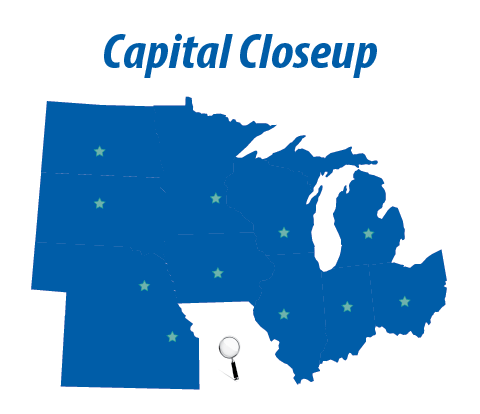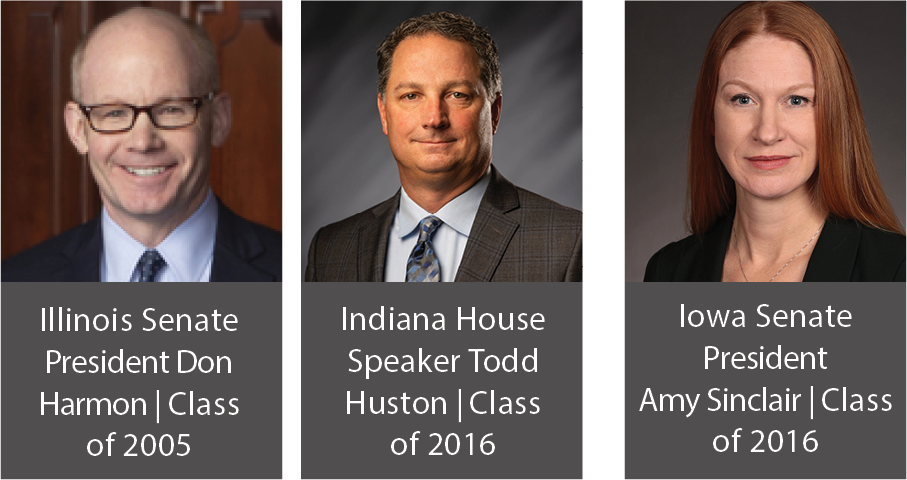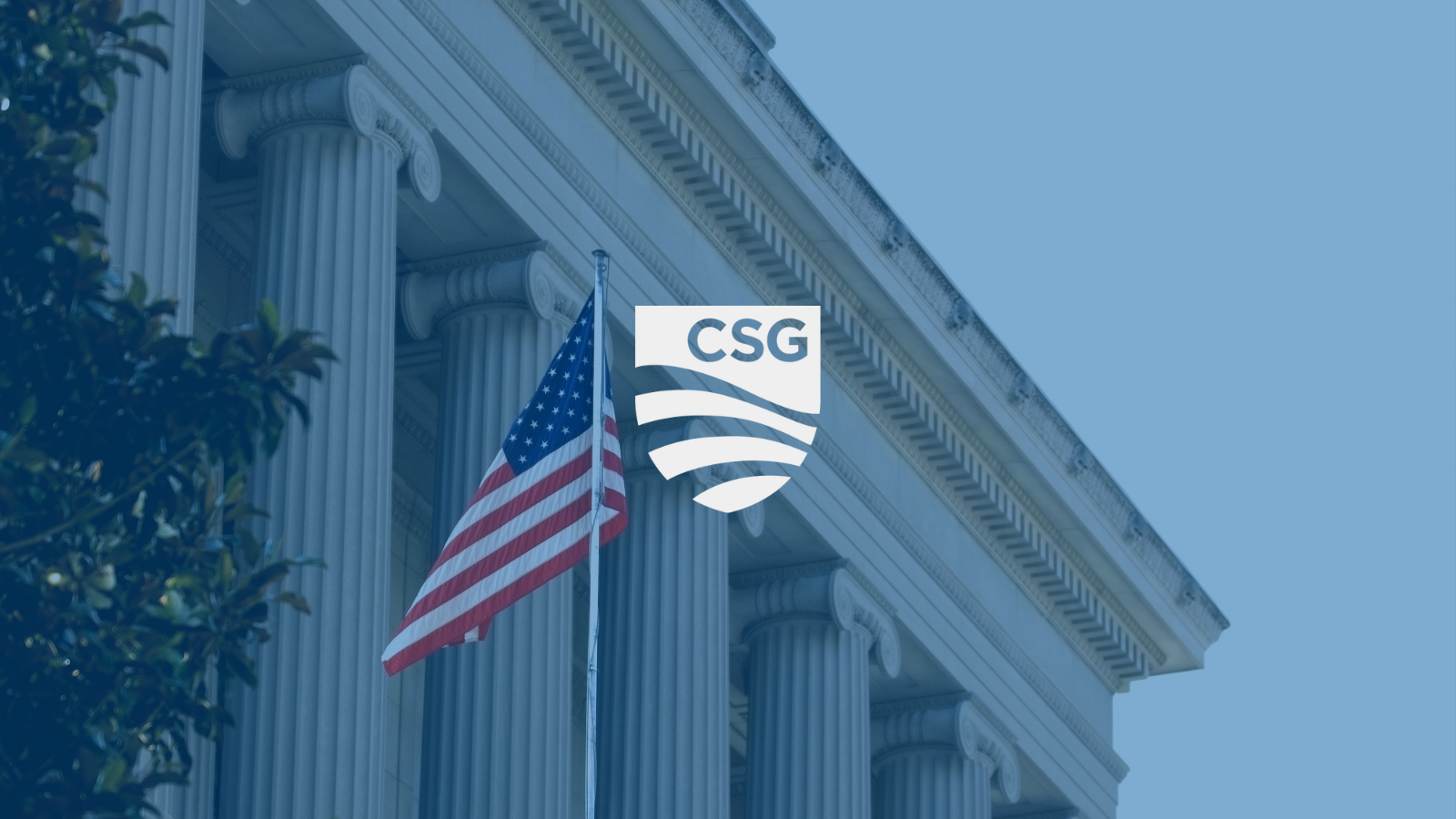How high should the bar be set for adding to or changing a state’s constitution?
It’s a question that some political leaders in Ohio say is worth re-examining in their state, one of five in the Midwest where constitutional amendments don’t need legislative approval before appearing before voters for final passage. Their idea: Raise the bar, via a constitutional change requiring citizen-initiated/petition-based amendments to get 60 percent of the statewide vote, rather than a simple majority. Proponents unveiled their proposal near the tail end of last year and are pursuing its passage in 2023. They cite several reasons for the higher threshold, including to protect the Ohio Constitution from “special interests and out-of-state activists.”
In 2018, South Dakotans rejected a legislatively referred proposal that would have required constitutional amendments to get 55 percent of the statewide vote. The proposal was based on a Colorado law. This past year, the South Dakota Legislature sought voter approval of a 60 percent requirement for any ballot measures that increase taxes. This proposed amendment failed as well.
Once a proposed citizen-initiated or legislatively referred amendment reaches the ballot, it only needs simple-majority approval in most U.S. states. However, there are exceptions — for example, Colorado’s 55 percent threshold, a two-thirds vote in New Hampshire, and a 60 percent vote in Florida, according to Ballotpedia.
In the Midwest, a few states have slight variations on the simple-majority requirement. In Illinois, a constitutional amendment gets passed in one of two ways: approval by three-fifths of the people voting on the question or a majority of all those who voted in the election. The latter requirement also applies in Minnesota. In Nebraska, only a simple-majority vote is needed, but with a stipulation that the number of votes in favor of the amendment equal at least “35 percent of the total votes cast at such election.”
States also are split on the threshold for legislatures to refer constitutional amendments to voters — super-majority votes in Illinois, Nebraska and Ohio (three-fifths) and Kansas and Michigan (two-thirds). The region’s six other states require only simple-majority votes for legislative referrals, though approval by successive legislatures is needed in Indiana, Iowa and Wisconsin.
In 2022, a total of 14 proposed constitutional amendments appeared before voters in eight Midwestern states.
According to the nonpartisan, nonprofit research group Open Secrets, the five proposals generating the most spending were:
A citizen-initiated amendment in Michigan guaranteeing a right to an abortion ($46.4 million); it passed.
A legislatively referred amendment in Illinois guaranteeing a right to collective bargaining ($14.5 million); it passed.
A citizen-initiated amendment in Michigan to enshrine certain voting rights and policies ($14.1 million); it passed.
A legislatively initiated amendment in Kansas to declare no state constitutional right to an abortion ($13.2 million); it did not pass.
A legislatively referred amendment in South Dakota establishing a super-majority requirement for ballot measures that increase taxes ($2.7 million); it did not pass.
Capital Closeup is an ongoing series of articles focusing on institutional issues in state governments and legislatures.
The post Capital Closeup: In the Midwest, varying methods and thresholds are used to amend state constitutions appeared first on CSG Midwest.








 Registered Apprenticeship programs consist of supervised, on-the-job training related technical instruction to supplement experiential learning and the acquisition of an industry-recognized credential. Apprenticeship programs can
Registered Apprenticeship programs consist of supervised, on-the-job training related technical instruction to supplement experiential learning and the acquisition of an industry-recognized credential. Apprenticeship programs can